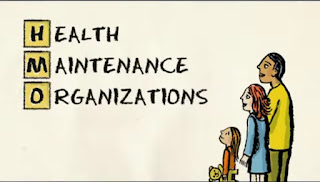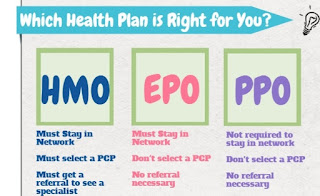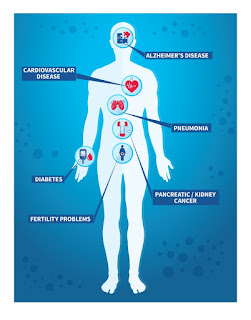Policy Schedule Page

Policy Schedule Page A policy schedule sometime call certificate of insurance, is the outline of the coverage provided by your insurance policy. This is usually the first page or first few pages of a policy package you might receive from your insurance provider. This page within the policy outlines all policy data such as the policy number, benefit amount and premium. It is important to understanding your policy schedule, and ensuring that all the information is correct, will ensure that any claim is paid out without delay. A policy schedule forms part of the insurance contract made between the insurer and insured. A schedule is an insurance term that basically means a list. There are many ways this term is used in the insurance industry but in this case, a policy schedule is a list detailing the coverage you have purchased. Examples of details listed on a schedule includes: Limits of insurance, a list of who is insured, the deductible, personal details, the type and plan of in...











